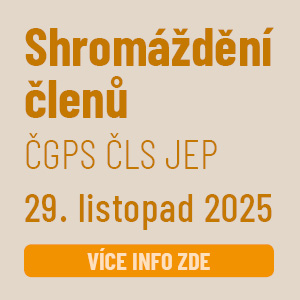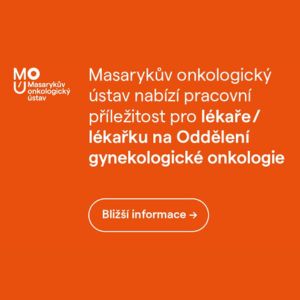Preliminary cost variance modeling to compare autologous intraovarian platelet-rich plasma vs. standard hormone replacement therapy for menopause management
Ovarian PRP vs. HRT in menopause
Abstrakt
Background: Menopause symptoms and hormone replacement therapy (HRT) are among the most common reasons patients seek gynecological advice. Although at least half of all women in developed countries will use HRT during their lifetime, the treatment is not without risk and guidance on HRT is mixed. Greater awareness of HRT risks from extended use has piqued interest in ‘safer options’. Menopause reversal with autologous ovarian platelet-rich plasma (OPRP) has brought this restorative approach forward for consideration, but appropriateness and cost-effectiveness require examination. Methods: HRT and OPRP data from USA were projected to compare cumulative 1yr patient costs using stochastic Monte Carlo modeling. Results: Mean±SD cost-to-patient for HRT including initial consult plus pharmacy refills was estimated at about $576±246/yr. While OPRP included no pharmacy component, an estimated 4 visits over 1yr for OPRP maintenance entailed ultrasound, phlebotomy/sample processing, surgery equipment, and incubation/laboratory expense, yielding mean±SD cost for OPRP at $8,710±4,911/yr (p<0.0001 vs. HRT, by t-test). Upper-bound estimates for annual HRT and OPRP costs were $1,341 and $22,232, respectively. Conclusions: While HRT and OPRP may have similar efficacy and safety for menopause therapy, they diverge sharply in cost-effectiveness. Most patients would likely find OPRP too complex, invasive, and expensive to be competitive vs. HRT. Although OPRP is an interesting and cautiously useful technique for selected menopause patients reluctant to use HRT, repurposing this infertility treatment for wider use appears inefficient compared to currently available HRT options.




